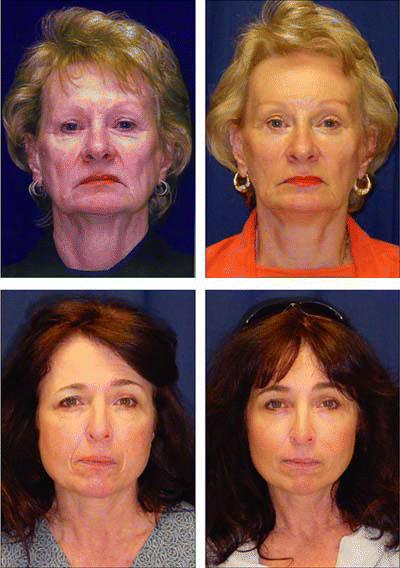Through his courage and convictions, this visionary otolaryngologist is pioneering new models of health and healing for the nation in this century.



As otolaryngologists and facial plastic surgeons, we are fortunate to have the opportunity to perform many challenging operations of the head and neck.



Politics is not a four-letter word. Yes, some of the posturing and dogmatic stands can be off-putting, but in our democratic system, politics is necessary and important.

A new Food and Drug Administration (FDA) advisory warns that the combined use of triptans and selective serotonin reuptake inhibitors (SSRIs) or selective serotonin/norepinephrine reuptake inhibitors (SNRIs) may result in life-threatening serotonin syndrome, which occurs when the body has too much serotonin.

Researchers from Johns Hopkins School of Medicine have identified a means of detecting thyroidectomy patients who can safely be discharged early after surgery, with little risk of developing significant hypocalcemia.


What patient wouldn’t want three or four very small incisions that heal rapidly with little or no scarring and no residual numbness, compared with a foot-long slice at or under the hairline that takes longer to heal and sometimes leaves a puffed-up scar and/or permanent loss of sensation?